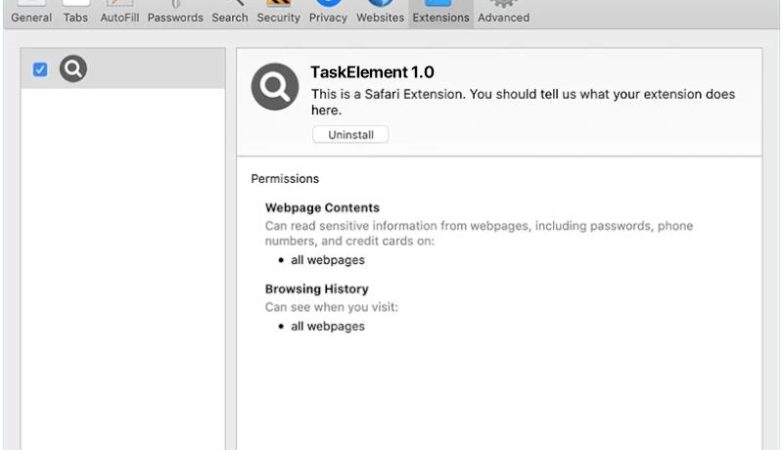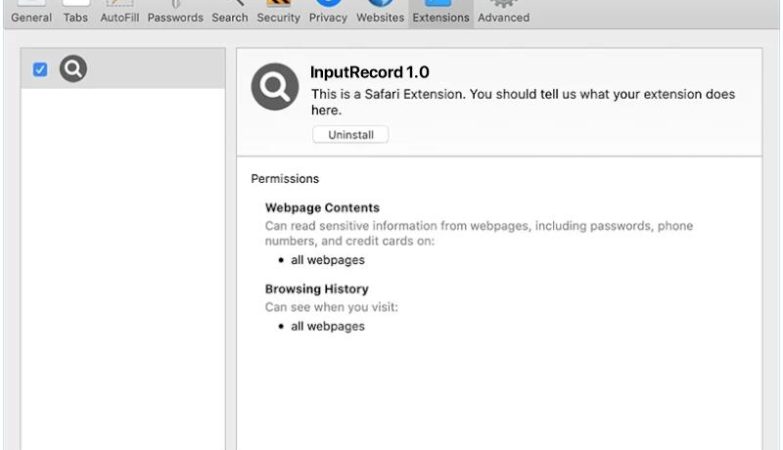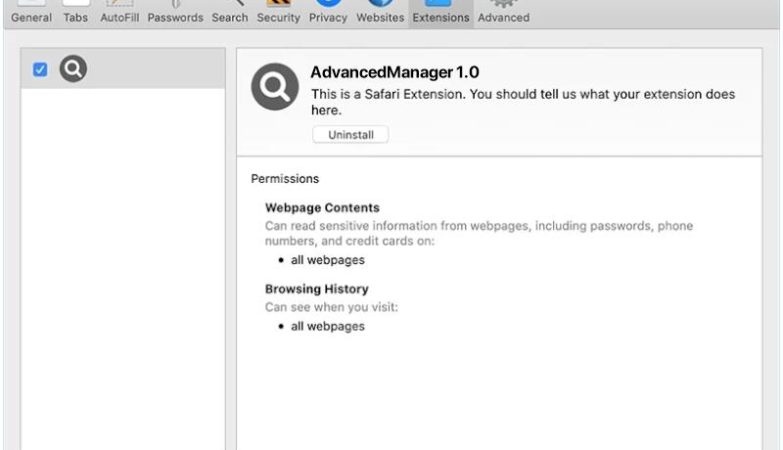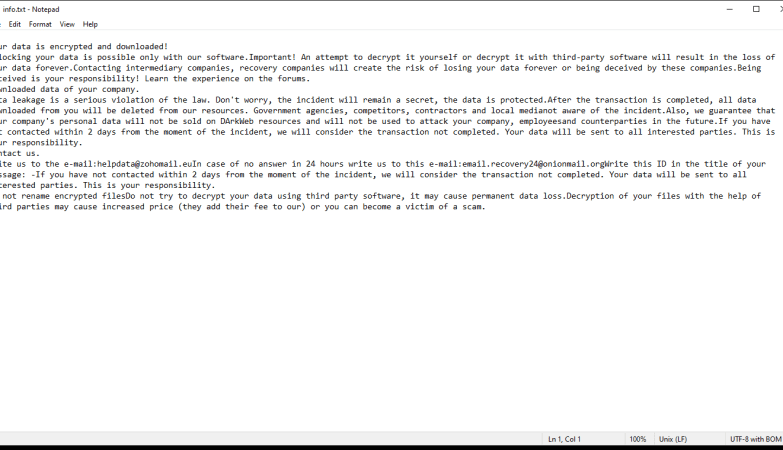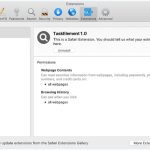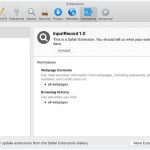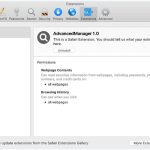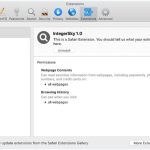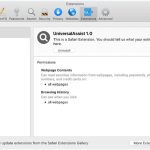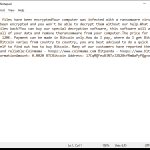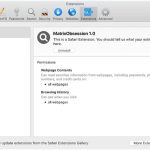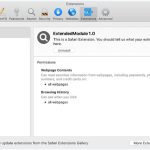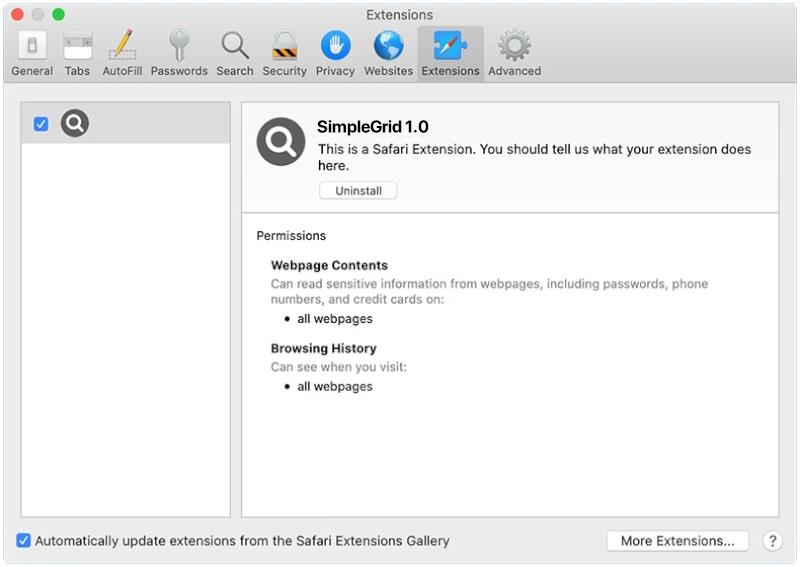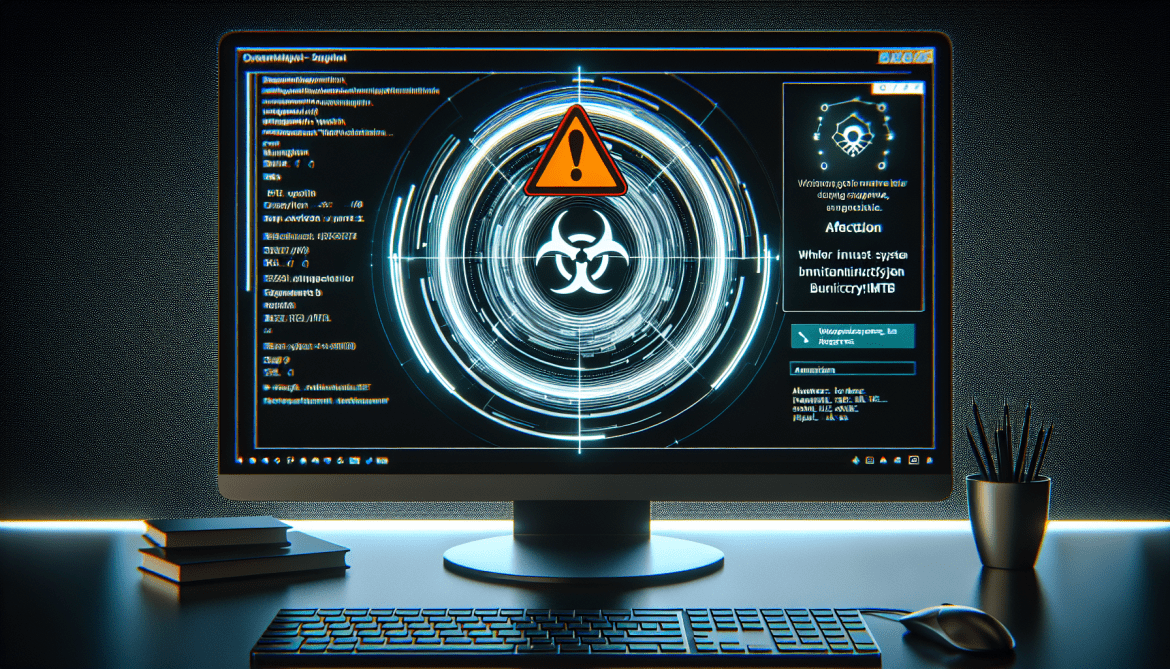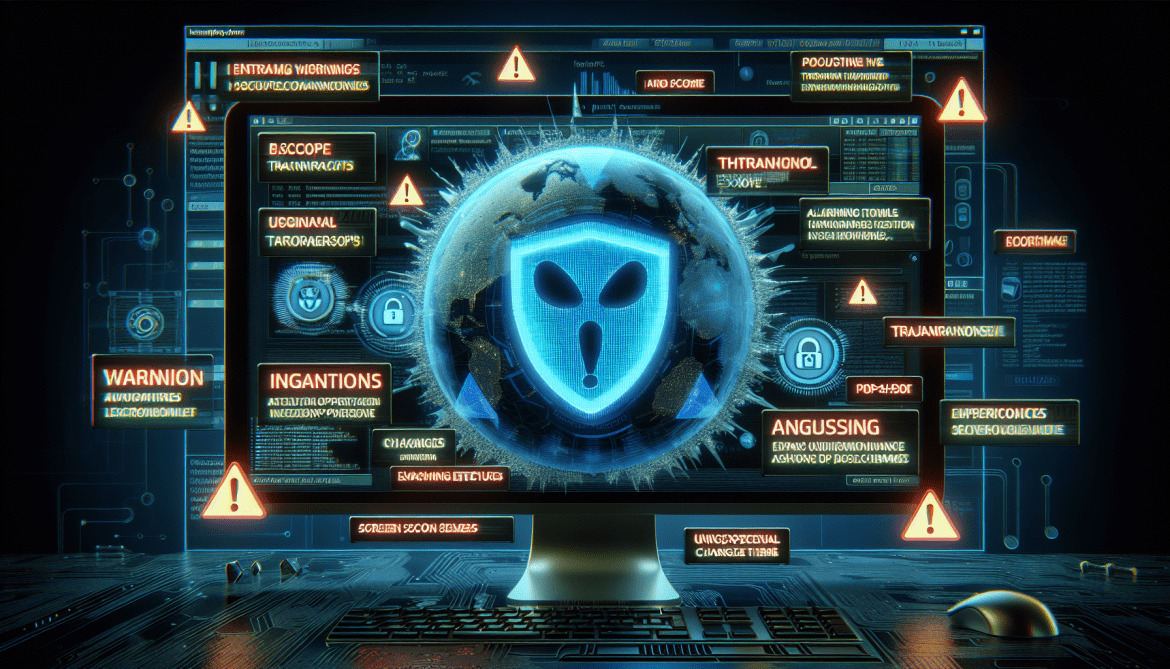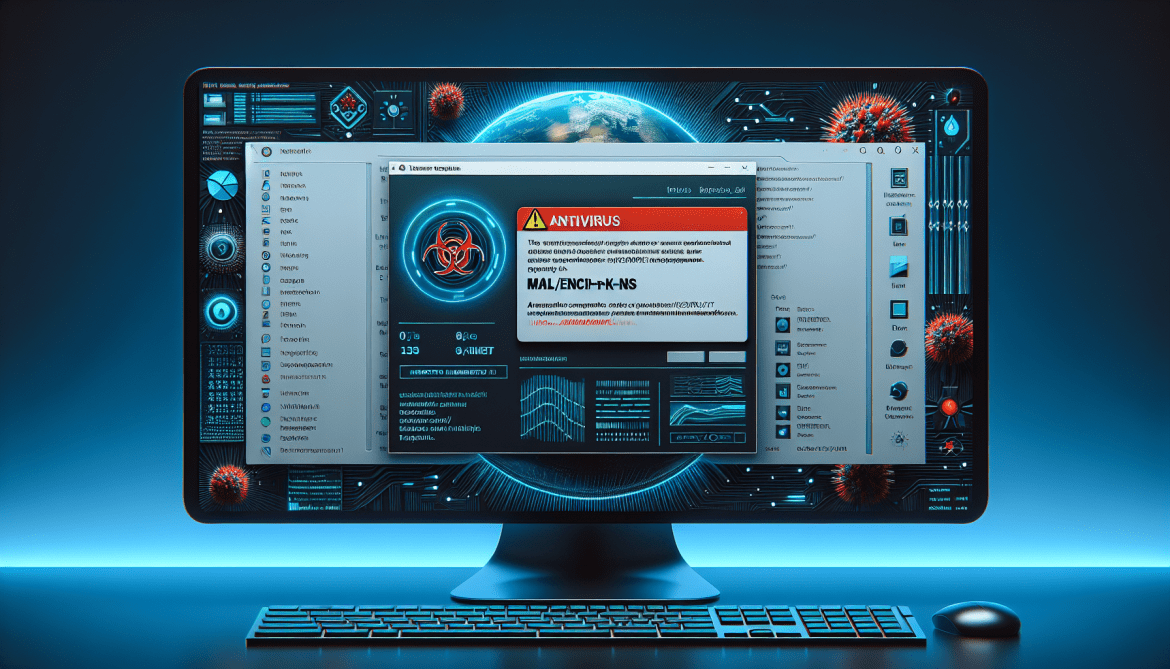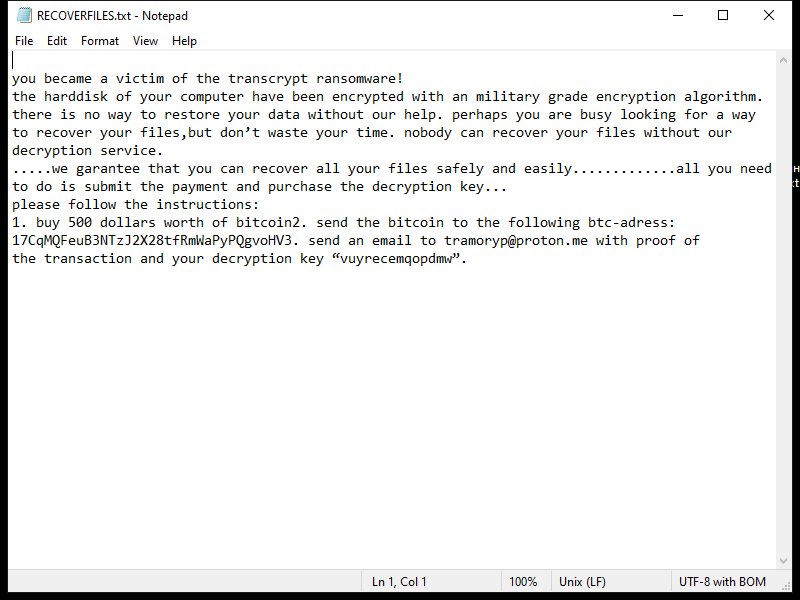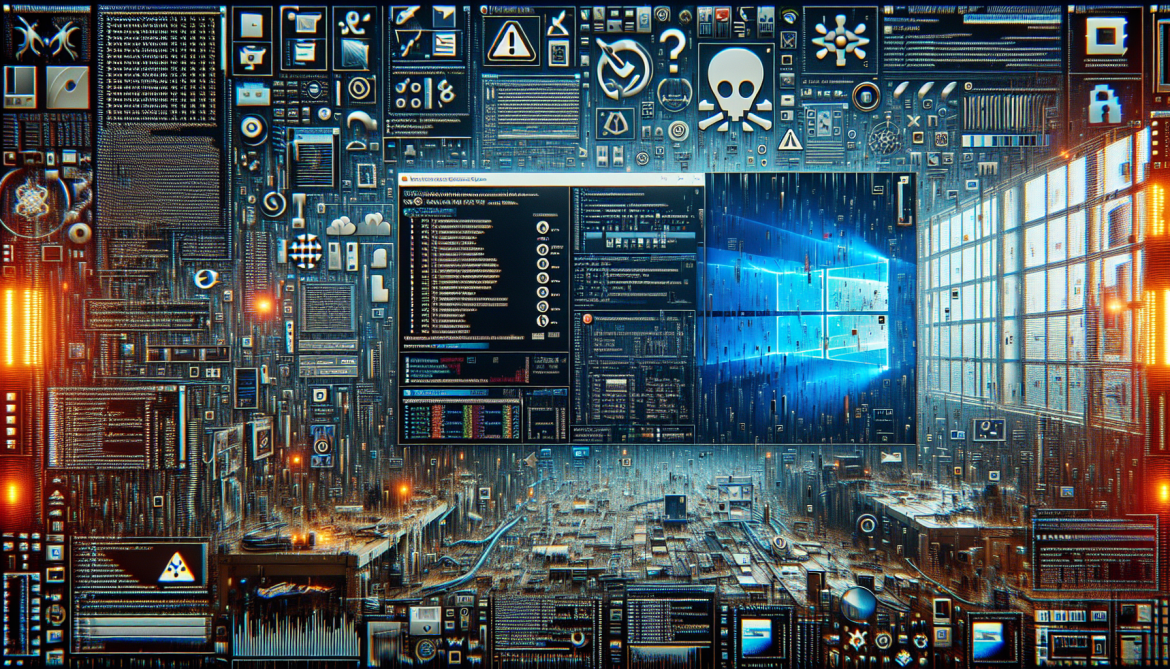How to remove SimpleGrid (Mac)
SimpleGrid is a type of malware that specifically targets Mac computers. This malicious software is designed to infect Mac systems and carry out various malicious activities. Once installed on a Mac, SimpleGrid can steal sensitive information, such as login credentials and financial data, from the infected computer. It can also cause system instability and slow down the performance of the Mac.
SimpleGrid typically infects Mac computers through malicious email attachments, fake software downloads, or compromised websites. Once the malware infiltrates a Mac system, it can spread to other devices on the same network and continue to cause harm. To protect against SimpleGrid and other malware, Mac users should always be cautious when clicking on links or downloading files from unknown sources, and regularly update their security software to detect and remove any potential threats.

